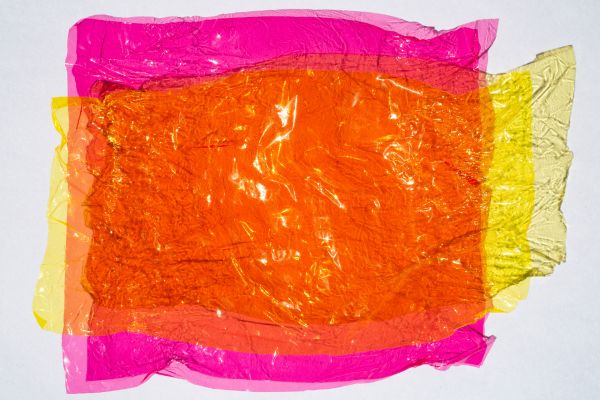Cellophane, a versatile and transparent packaging material, is widely used in various industries for its unique properties. While it may resemble plastic, cellophane differs significantly in terms of its composition and recyclability, which leads us to the question: Is Cellophane Recyclable?
In this post, we delve into the common qualities of cellophane packaging, exploring its recyclability, environmental impact, and sustainable alternatives.
What is Cellophane Used For
Cellophane is a versatile material used in various applications due to its unique properties.
Traditionally, it has been utilized as a packaging material for food items such as candies, chocolates, and snacks. Its transparent and glossy appearance makes it an attractive choice for showcasing products while providing protection against moisture and contaminants.
Additionally, cellophane is used in gift wrapping, floral arrangements, and crafts due to its lightweight and flexible nature. In the medical field, cellophane is employed as a sterile barrier for surgical instruments and as a covering for wounds. Its biodegradability and resistance to grease and bacteria make it suitable for food contact and medical applications.
Understanding What Cellophane Is Made From
Cellophane is made from cellulose, a natural polymer derived from wood pulp or cotton fibers. Learn more about what polymers are and other types of natural polymers that we encounter daily.
Unlike traditional plastics derived from petroleum, cellophane is biodegradable and compostable, making it a more environmentally friendly packaging option. Its transparent and flexible nature makes it suitable for wrapping a wide range of products, including food items, gifts, and cosmetics.
Can Cellophane Be Recycled
One of the most commonly asked questions about cellophane is whether it’s recyclable.
Cellophane is not accepted in the majority of curbside recycling services. Its biodegradable and compostable qualities mean that it cannot be recycled with plastics, and if mixed together, it will contaminate the plastics. Because of this, cellophane is also not accepted in soft plastic recycling services.
Cellophane’s thin and lightweight nature can also get tangled in recycling machinery, leading to inefficiencies and contamination of the recycling stream.
Can Cellophane Be Composted
The answer is yes. However, it requires particular conditions and, therefore, cannot be composted at home.
Cellophane, while biodegradable, requires specific conditions to compost effectively. In regular home composts, the lack of adequate heat and microbial activity may impede the decomposition process. Cellophane is also resistant to water, which slows down breakdown.
Additionally, many home composting systems do not reach the high temperatures necessary to break down cellophane efficiently. As a result, cellophane typically requires industrial composting facilities with controlled environments to decompose effectively.
Is Cellophane Better Than Plastic?
Cellophane and traditional plastic possess distinct characteristics, each with its own set of advantages and drawbacks. While cellophane is derived from natural sources like cellulose, making it biodegradable and compostable under certain conditions, traditional plastic is derived from petroleum and often takes hundreds of years to decompose, contributing to environmental pollution and ecosystem degradation.
Cellophane’s biodegradability and renewable sourcing can make it a more environmentally friendly option compared to traditional plastic, particularly in applications where disposability is unavoidable. However, cellophane’s biodegradability requires specific conditions, such as industrial composting facilities, and it may not be as durable or versatile as plastic in certain applications.
Therefore, the choice between cellophane and plastic depends on factors such as intended use, disposal methods, and overall environmental impact.
Sustainable Alternatives to Cellophane
While cellophane offers eco-friendly qualities, there are also sustainable alternatives to consider. Plant-based bioplastics, derived from renewable resources such as corn starch or sugarcane, provide a biodegradable and compostable alternative to traditional plastics and cellophane. Additionally, compostable films made from materials like PLA (polylactic acid) offer similar transparency and flexibility to cellophane while being compatible with industrial composting facilities.
By exploring these alternatives, businesses and consumers can further reduce their environmental impact and embrace more sustainable packaging solutions.














